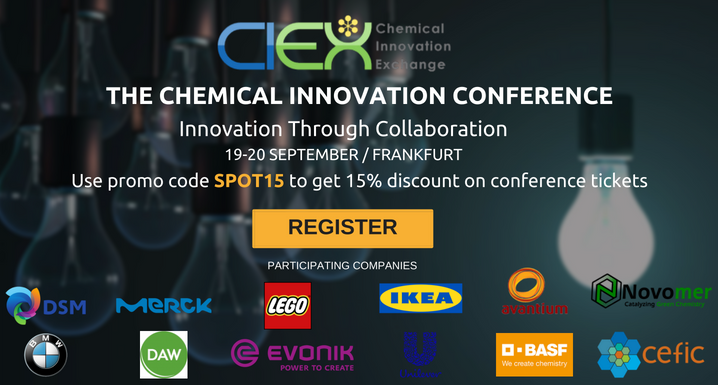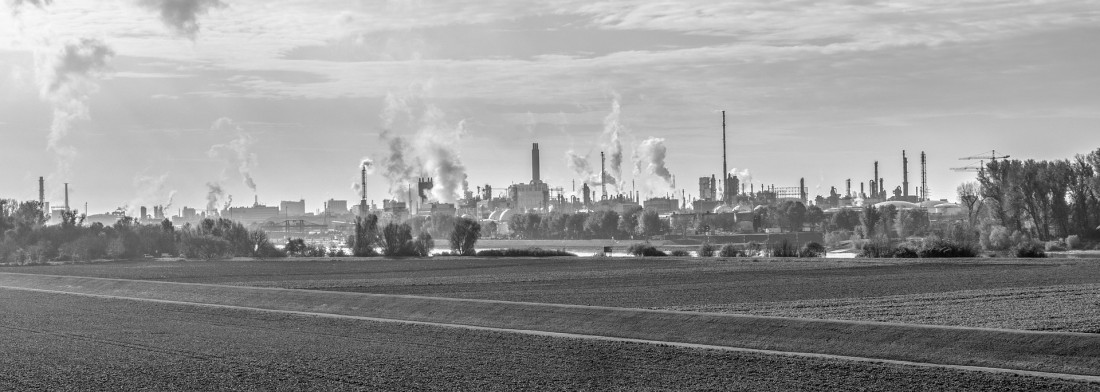Chemical safety is a topic never far from public perception. While plastic waste is currently the biggest evil in the headlines of newspapers and social media, a newly published report highlighting the increasing concern of the scientific community over chemical mixtures is likely to bring public attention, once again, to the risks of chemical exposure.
The study is a collaboration between Andreas Kortenkamp from Brunel University in the UK and Michael Faust of Faust & Backhaus Environmental Consulting, and focuses on opinion among research chemists and chemical legislators.
Called ‘Regulate to Reduce Chemical Mixture Risk’ the analysis has now been published in the journal Science, where it notes that, “Until about a decade ago, toxicologists, risk assessors, and regulators regarded risks from chemical mixtures as negligible, as long as exposures to all single chemicals in the cocktail were below the levels judged to be safe for each chemical alone. However, an increasing body of scientific evidence has challenged this notion, showing that a neglect of mixture effects can cause chemical risks to be underestimated.”
As understanding grows of how a cocktail of chemicals can cause greater damage than the sum of their parts, regulators are beginning to consider further restrictions on the chemical industry.
As the report notes, “International bodies such as the World Health Organization now acknowledge the need for considering mixtures in chemical risk assessment and regulation. This would align toxicological risk assessment with the clinical sciences and their long tradition of investigating drug-drug interactions.”
While this may be a source of major concern for many chemical manufacturers, there is a wave of thinking that suggests that chemical safety doesn’t have to be expensive or even an added cost. Instead, innovation can make chemical safety profitable.
Innovation can make Chemical Safety Profitable.
Much of this theory is based on the idea of chemical substitution; finding innovative ways to replace toxic chemicals for safer ones. However, to do this, it is important to understand how chemical products will be mixed, used, and even disposed of.
This is an idea that has been taken up by the European Chemical Agency, and was outlined in January in a report called, the ‘ECHA’s Substitution Strategy’.
The report emphasises the importance of communication for all actors along the chemical industry supply chain. For example, that chemical raw material suppliers need to inform chemical processors of their sources, chemical end users need to inform manufacturers of their product uses, chemical producers must explain their ingredients, and so on.
As it states, “Substitution contributes to the overarching EU objectives for a non-toxic environment and a circular economy, wherein innovation and sustainable production and consumption are key elements.” Adding that, “The overall purpose of ECHA’s substitution strategy is to support informed and meaningful substitution of chemicals of concern in the EU and to boost the availability and adoption of safer alternative substances and technologies.”
To Support Informed and Meaningful Substitution of Chemicals of Concern.
The report also discusses the problems of the current chemical supply chain status quo, observing that, “On the one hand, substance-level technical knowledge is often greater among upstream manufacturers and formulators of chemicals than it is among downstream users and product manufacturers. In addition, downstream users often have much less technical knowledge about the hazard profile of specific substances. On the other hand, downstream users are likely to know the different technological possibilities to innovate and substitute the hazardous chemicals. They also have the possibility to work with their clients, who might not use the chemical but rather buy and use the articles produced by the downstream users.”
The strategy continues by noting that greater cooperation between chemical consumers and chemical suppliers can aid safety. It recommends that, “Specifications made by clients can help or hinder technical progress and innovation to substitute towards less hazardous chemicals. Similarly, final consumers (either directly or through consumer organisations) can drive demand for less hazardous products.”
The importance of this strategy was highlighted by Dr Matti Vainio, Head of the Risk Management Implementation Unit at ECHA, in a recent interview, when he said, “Substitution to safer chemicals needs to be an integral part of the research and innovation work of companies.” Adding that, “ECHA is willing to play its role in making this happen.”
Vainio is due to discuss the ECHA vision of greater communication and substitution at CIEX 2018 being held in Frankfurt on September 19th and 20th. The event has been created for R&D and innovation experts from the consumer, industrial and specialty chemical sectors, and is a unique platform for participants to learn, exchange ideas, and collaborate.
As Vainio notes, “In our CIEX discussions we should be able to see how innovation could be better targeted towards the use of safe chemicals, for example, with coordinated funding of research.” Adding that his talk will let attendees not only understand “… what ECHA is trying to achieve with its stakeholders by innovating to replace harmful chemicals, but also to exchange ideas on how to make money when doing so.”
Legislators are influenced by public opinion, so it is vital that the chemical industry remains proactive in prioritising safety.
The public will always be worried about toxic chemical exposure, be it through poisonous nerve agent attacks, BPA risks, or the dangers of household cleaning products. But if the scientific community is also starting to have concerns, then it is necessary for the chemical industry to react accordingly. Not defensively, with fear over the increased costs that restrictive legislation may bring, but with the understanding that the correct chemical product strategy can create a ‘win-win’ situation.
Can safer chemicals be profitable? With innovation and cooperation, then the answer is ‘Yes’.

Photo credit: MSDSOnline, OHSA, ECHA, ShareIcon, CommonsWikimedia, Iconsdb, SmileySymbol, emoji, vivilaparrochia, & Science.

